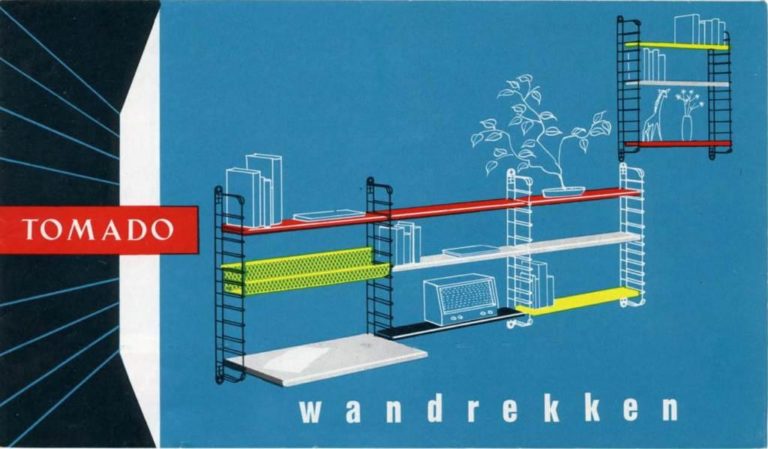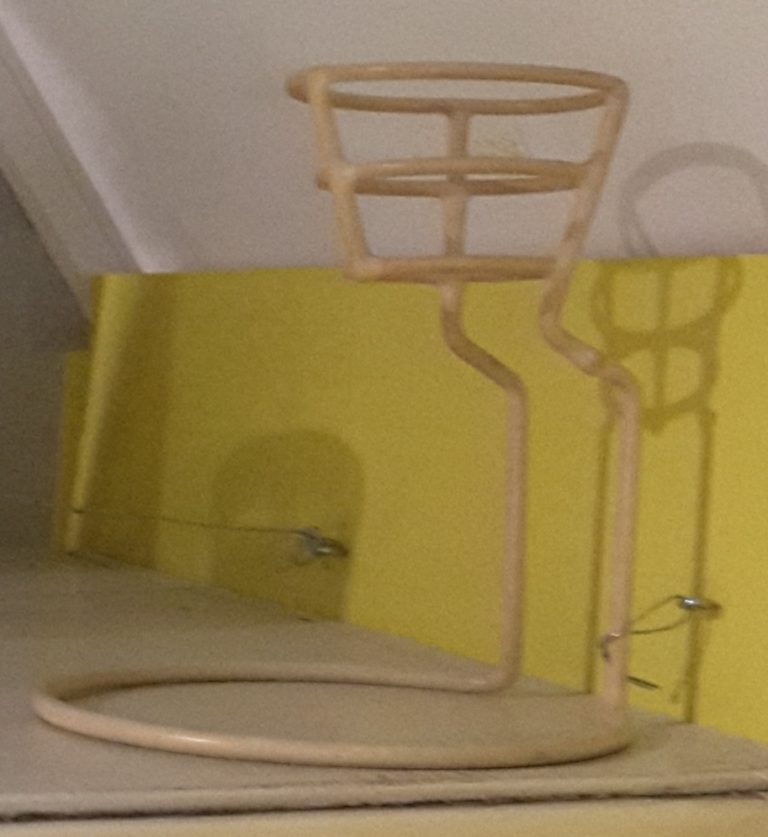When I was young, Ikea was not yet a presence in the Netherlands. So then it was Dutch, not Swedish, designers who determined the character of Dutch interiors. Much of this Dutch interior design was triggered by social developments.
Servant crisis
For a very long time, everyone who could afford it had domestic staff. Those who lived in a large house or castle, such as Downton Abbey, had a whole army of servants. But many much smaller households could afford at least one resident servant.
Working as a domestic servant was not always pleasant. You did have board and lodging, but the pay was poor. And apart from one free afternoon a week, you had to be available at all times.
By the end of the 19th century, factories and shops were providing many other opportunities for young women to earn money. There they had fixed working hours and they got a better salary. A shortage of domestic servants was the result, to the distress of many households.
Efficiency
Until the early decades of the twentieth century domestic work was very labour-intensive. Of course, there were hardly any (electrical) tools so the household staff had to do lots of sweeping, polishing, washing clothes and linens by hand, scrubbing pots and pans and lugging coal. That is why the lack of servants stimulated research into running the household more efficiently
In 1912, the Dutch Association of Housewives (Nederlandse Vereniging van Huisvrouwen – NVVH) was founded, an organization with several research committees. In the twenties and thirties they looked at entryways, living rooms, bathrooms, toilets, staircases, waste disposal, bicycle storage, stoves and hot water facilities.
Kitchen
The The Hague branche of the NVVH focused its attention on the kitchen: ‘The kitchen is an important part of the house, it is the main work environment of the housewife. The daily care of the meals, i.e. preparing, serving and clearing away, demands a lot of time and attention, which cannot be withheld with impunity. For poorly cared for, unpleasant, meals break up the family ties’.
In Germany there was much experimentation with kitchens consisting of separate parts and with a floor plan in which the housewife would not have to walk so much. The NVVH committee had this design made into a version that was suitable for the Dutch middle-class house.
The Bruynzeel Kitchen
All the experiments and ideas for an efficient kitchen eventually came together in the Bruynzeel kitchen from 1938. Bruynzeel is the name of a well known kitchen manufacturer.
This kitchen, designed by Piet Zwart, consisted of a kit of standard elements with which a kitchen could be put together to suit the home and the layout of the kitchen.
The Bruynzeel kitchen had all sorts of conveniences. For example, there was an extendable shelf to which you could also attach a meat grinder. This was no small convenience, because prior to WWII housewives groundtheir own minced meat. After the war butchers introduced ‘Woensdag Gehaktdag’ (‘Wednesday mincemeat day’), meaning that on Wednesday ‘gehakt’ was sold with a discount.
The kitchen also had a tall, narrow cupboard with a shelf for an iron. On the inside of the door was a hook for hanging a Bruynzeel ironing board. Under the sink was a space with an open wire shelf, to house your washing-up bowl. Those who were annoyed by the messy appearance of such an open compartment closed it off with a curtain. And Piet Zwart came up with even more useful details: a pan rack, drawers, spoon holders, broom hangers, bread drawers, etc.
The fern green colour of the kitchen components, however, was chosen by the manufacturer’s then owner, Cees Bruynzeel. When Piet asked him what colour the kitchen should be, Cees immediately thought of the summer dress he had bought for his wife soon after they met in 1918. And so that colour was chosen.
After the war, the housing shortage was immense and a lot of social housing had to be built very quickly. Standardisation and mass production made it possible to install a simplified version of the Bruynzeel kitchen in many houses.
Tomado
How can you save even more time in the kitchen? If you don’t have to hand-dry the crockery and cutlery after washing them! This is what the Dutch Association of Housewives came up with in 1933: if you wash the dishes with hot water and give them space to dry in a rack, the tea towel can stay on the hook. The Association gave the specifications for such a dish rack to the Dordrecht wire metal factory Tomado – Togt Massa-Artikelen Dordrecht – with the commission to make such an appliance. The specifications: Twelve plates or saucers and teacups had to fit in together with cutlery. The resulting ‘afwasrek’ was made of heavy tin-plated metal wire.
The Van der Togt brothers had started their business in 1923 in the attic of their parents’ home. The first ten years were a struggle for survival. Their mother said that Tomado actually meant ‘TOb MAar DOor’ (keep struggling on). In 1934, partly thanks to the order for the dish rack, the brothers were able to move their production from the attic to a factory building in Zwijndrecht.
And my grandmother had a Tomado product that provided a practical way to prevent waste: the bottle drainer. Of course, this was handy in the time when yoghurt and custard were sold in bottles (no one had heard of milk cartons yet). You could, of course, remove the last residue from the bottle with a scraper (also from Tomado), but that could take time and often caused a mess. My grandmother put her bottle drainer on the sink and the custard bottle upside down in the handy rack with a bowl underneath. Gravity did the job!
I can tell you about and show you more Dutch design during my city walks and bike tours.









2 thoughts on “Dutch interior design”
Love the history
Lovely article & insight into domestic history. Our house still has a Bruynzeel kitchen, which is a lot newer but looks very similar!